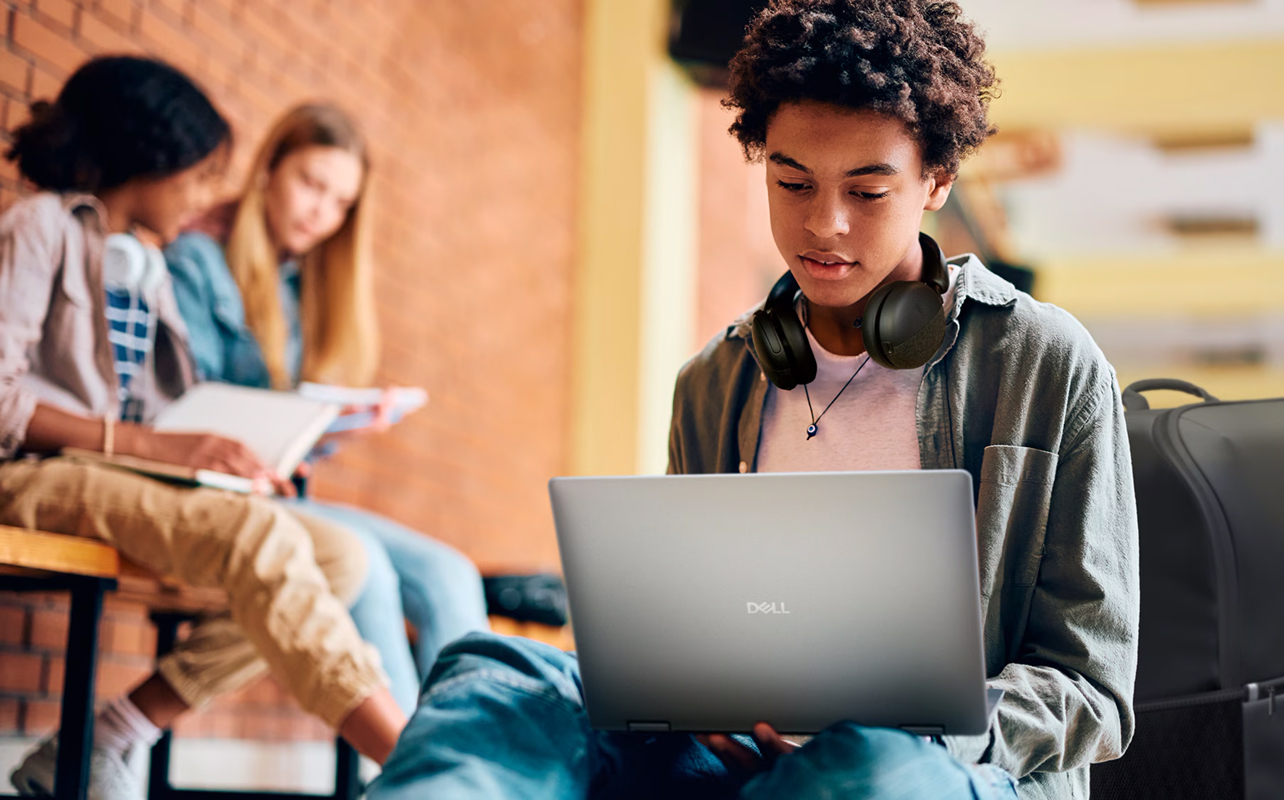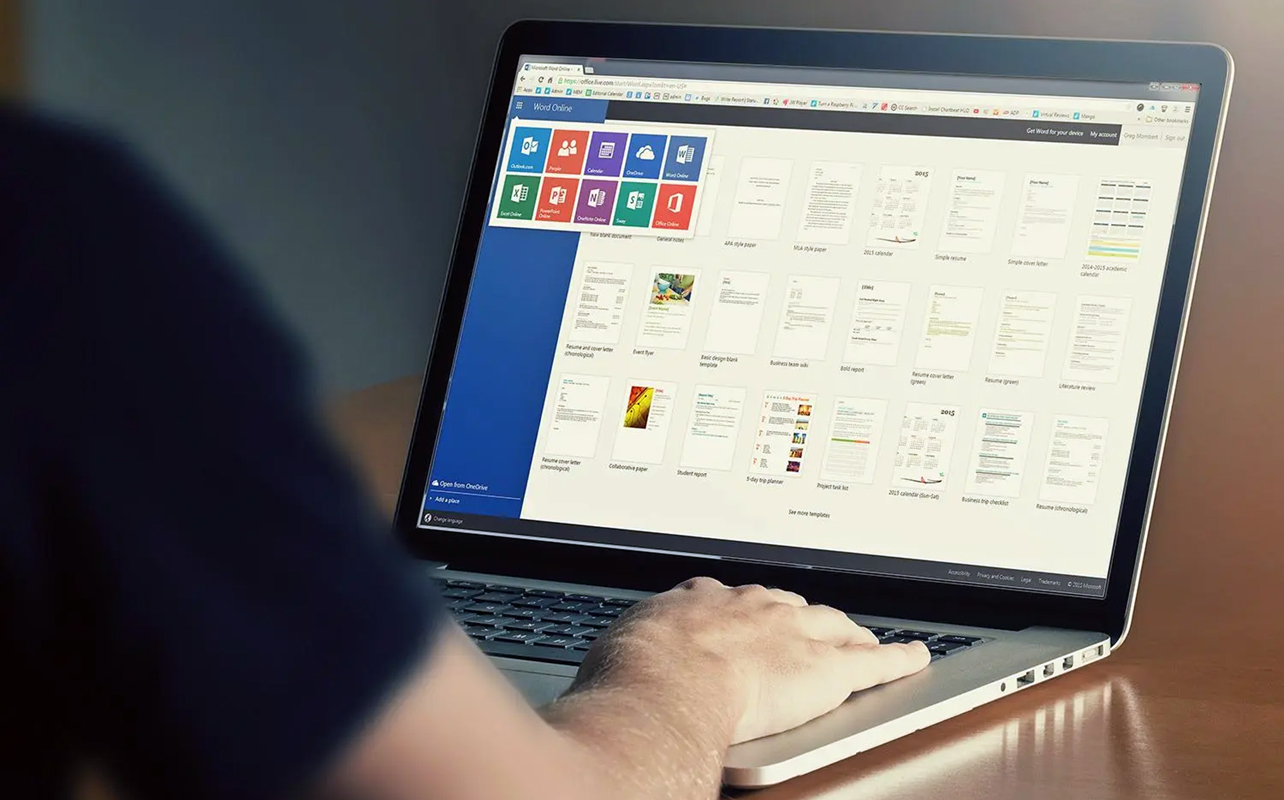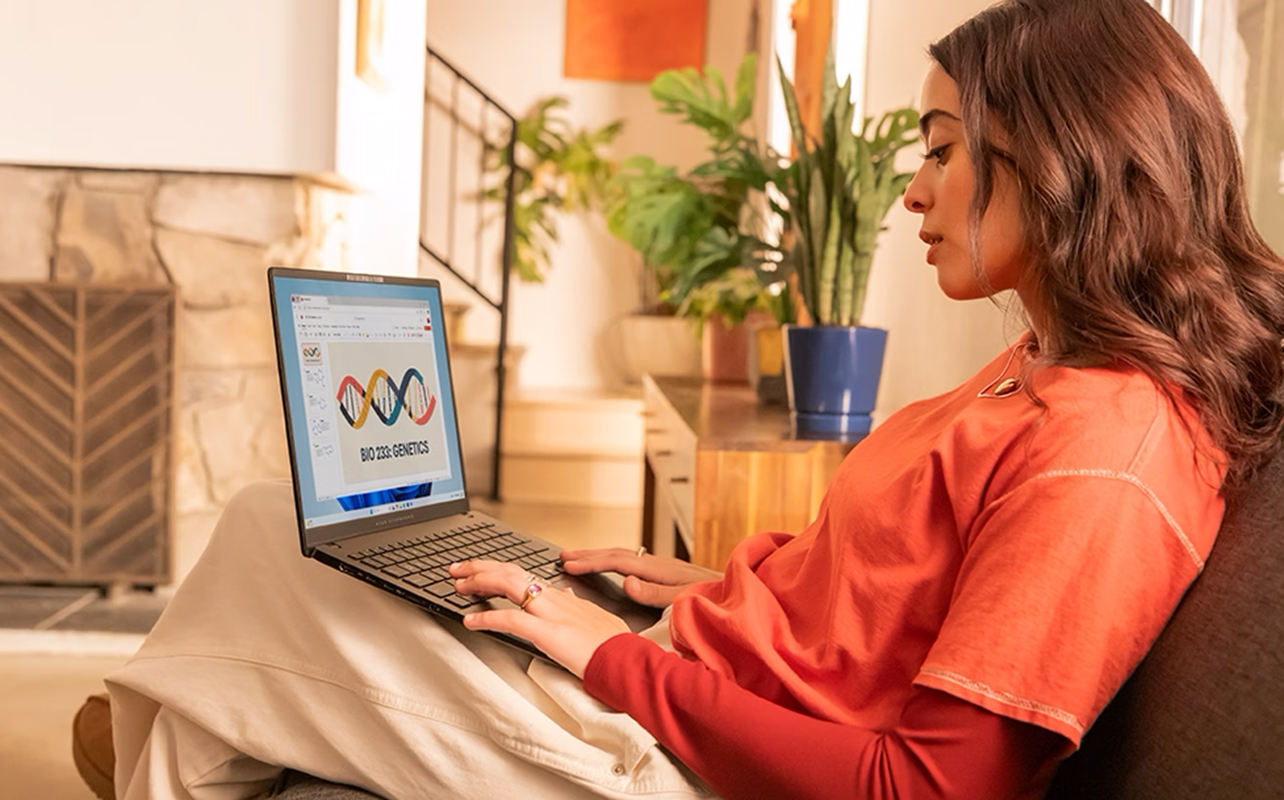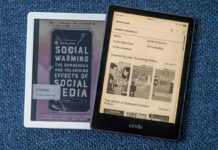
If you can manage a $750 budget, you can find some great tech to get ready for back to school. It will require a little strategy and persistence on your part, but it’s very possible with the options currently available. Prioritize function over fashion, and productivity over pageantry and you can stretch those dollars further. Explore student discounts, bundled accessories, and consider refurbished or trade-in options to build the toolkit made for the school year.
Back to School Tech Under $750: What Can You Get?
You don’t have to break the bank to get what you need for school. It’s true that a $750 budget can’t buy everything, but there’s enough wiggle room in there for students and parents to cover the essentials. By “essentials”, we’re talking about a capable laptop for writing papers, attending virtual lectures, collaborating on group projects, or managing schedules and assignments.
Think about important accessories and software that can play a supporting role, like a mouse, headphones, and extra chargers or cables. Then there’s software, where access to apps like Microsoft 365, cloud storage, or antivirus protection can make a real difference in how efficiently you get work done.
To stretch out the $750 further, it’s worth taking some time to qualify what you’re looking for as a student. Are you in high school focusing on notetaking and research? Or, a college student balancing writing, spreadsheets, and virtual meetings? When you have a good sense of that, you can make smart choices and take advantage of back to school bundles and helpful discounts. In some cases, buying a laptop might even come with free accessories or software — perks that save you from spending separately.
Must-Have Back to School Tech for Students

Affordable Laptops That Cover the Essentials
Students don’t need top-of-the-line computing power and specs to succeed, which is why $500 laptops are a good place to start. Think of this as a median range. Maybe you can find something for less, like a Chromebook or entry-level Windows laptop that covers the basics well enough to give you what you need.
So, what makes a laptop fall into this category? It’s not screen size because you will find various ones in this more affordable range. The screen technology won’t necessarily be top-tier but will have enough clarity and brightness for everyday tasks. Budget laptops can also be lightweight and compact, which is great for moving between classes or working in tight spaces. Internal components like the processor, RAM, and storage are more important factors.
If you prioritize cloud-based work and simplicity, Chromebooks are an excellent option for students who primarily use Google Workspace. For a more traditional experience, entry-level Windows laptops with at least 8GB of RAM and 256GB SSD storage provide a balance between performance and affordability. You might not get the latest Intel Core i7 or Ryzen 7, but a modest Intel Core i3, Ryzen 3, or even a newer generation Chromebook chip can handle schoolwork with ease.
Battery life is also vital, where you can expect a range between 8-12 hours on a single charge. That’s good enough for long school days when you don’t want to hunt for an outlet.
Some popular models even go on sale around the back to school season, helping you stretch your dollar further. For a current list of deals and promotions, check out the Laptops on Sale.
Essential Accessories You Shouldn’t Skip
A laptop alone doesn’t complete a student’s toolkit. Accessories enhance productivity and comfort, especially during long study sessions or online classes. A wireless mouse offers better control than a trackpad, and a durable backpack ensures safe transport between home and campus. Quality headphones or earbuds are crucial for both focus and virtual communication, while a USB-C hub or charger helps keep all devices connected and powered.
A wireless mouse is a good example if you find it more comfortable than a laptop’s trackpad, especially while working on spreadsheets, graphic design, or other formatting tasks. It also reduces strain for anyone spending hours looking at a screen. If you’re using a monitor, maybe a good keyboard is part of the setup you’re looking for. If you’re curious about the merits of wireless vs. wired accessories, check out this guide.
Headphones or earbuds can be useful for attending a Zoom class, listening to recorded lectures, or studying in a noisy environment. Fortunately, quality audio gear comes at varying prices, so student-friendly deals are out there. Headphones/earbuds may also prove challenging to keep a mix of back to school tech under $750 given their cost range.
As for connectivity, if your laptop has limited ports, a USB-C hub can be a lifesaver. With multiple ports to plug in everything you need, it’s easier to plug in from external storage to HDMI displays. Even a portable charger for your phone or tablet can be a huge help when you’re battling a low battery warning on a busy day.
If you’re set with the accessories you need already, but aren’t so effective carrying everything around, an ergonomic backpack is super convenient. It’s not just about carrying your laptop, it’s about protecting it. Look for padded compartments and water-resistant materials to safeguard your gear with enough room for the books, notebooks, and accessories you must take with you for class.
Software to Stay Productive

It’s easy to overlook software as another key piece but it doesn’t have to cost a fortune. Microsoft 365 is available with student pricing and includes access to Word, Excel, PowerPoint, and OneDrive. College and university students can get the full suite for less per month or annual subscription. Don’t forget to also protect yourself with antivirus or cloud backup services to keep your assignments safe and laptop running smoothly.
Microsoft Word, Excel, and PowerPoint cover a pretty wide gamut of productivity needs. Same with cloud storage via OneDrive, where you have peace of mind that you can access files from any device in case something happens to your laptop. You can always supplement those tools with Google’s own online suite when you want something free and more collaborative.
Don’t be lax about security. Windows laptops come with some form of built-in antivirus through Windows Defender, though there may be a third-party (like McAfee) also installed on a limited time trial. You don’t have to re-up for that service if you don’t want to; you can choose to go with any of the other antivirus software options available. These tools establish lines of defence against malware, phishing attacks, identity theft, and protecting sensitive documents. You may not like the upfront cost, but in the event you suffer a cyberattack, you’ll be glad you did.
Another tip: schools might offer free or discounted access to both Microsoft 365 and antivirus software through their IT departments. Ask or find out if they do, and if so, how it works and what’s required for you to benefit from the subsidized access.
How to Stretch Your Budget Even Further

If $750 is your ceiling, there are ways to maximize every dollar. As already noted, look for student discounts and limited-time offers wherever you can find them. Major tech brands try sweetening the pot for students with various incentives and add-ons. Plus, the deals may be available year-round but back to school is when they get especially generous.
You might even get lucky by shopping early. It can get risky to wait till the last minute when fewer choices and deals could leave you hanging. An earlier start presents more inventory, better bundles, and access to special promotions before they expire or sell out. Wait too long, and the best laptops and accessories for you may be no longer available at discounted prices. That’s not to say you have to be reckless and rush in. Still do your research but be ready to pull the trigger.
You can also save significantly by trading in an old device, whether it’s a laptop, tablet, or even a smartphone. Best Buy’s Trade-In Program is fairly open, accepting a range of devices. If you’re wondering what yours might fetch, use the Online Estimator to calculate trade-in value based on the make, model, and specs of your device. Choose to go through with the trade and you can apply the value of your used tech as a credit toward a new purchase. It’s a great way to stay within the budget and get something you’ll need for school.
In the same vein, consider certified refurbished or open-box products. There’s a fairly extensive number of these items available, made up of ones returned by customers. Inspected and tested for quality, Best Buy then sells them at a discount. Check to see if they come with the same warranty as new products (they often do) and you can enjoy the same coverage at a lower price.
Sign up for Best Buy’s email newsletter to find out about new sales or discounts before they kick in. There may even be promo codes or rebates that can help drag down that upfront cost.
Ready to Shop Smart for Back to School?
It requires some research but you can take back to school tech under $750 further than you might otherwise expect. Shop strategically by only looking for the laptops that fall within the range, and tap into any discounts or value-add incentives to make it really worth your while. You do need to be patient and flexible but you can come out of it with a robust back-to-school setup.
Check out the latest BTS deals and bundles here and start building your back-to-school setup today. You can also get a head start by looking at 10 laptops for students based on what matters most to get an idea of what stands out.





